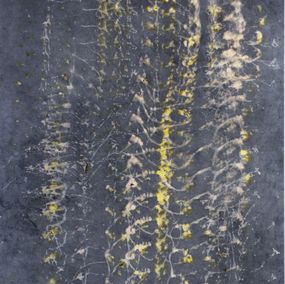
Alice Magne



Cosmos Violet/Campêche
Alice Magne
Painting - 30 x 30 x 3 cm Painting - 11.8 x 11.8 x 1.2 inch
$1,740
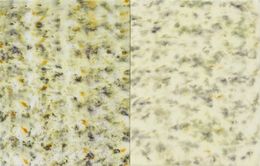
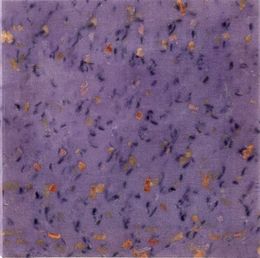
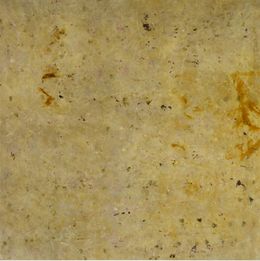
Oxalis/Millepertuis
Alice Magne
Painting - 100 x 100 x 3 cm Painting - 39.4 x 39.4 x 1.2 inch
$4,639
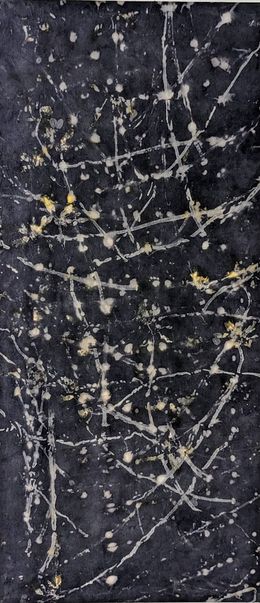
Oxalis/Noix de Galle
Alice Magne
Painting - 90 x 40 x 2 cm Painting - 35.4 x 15.7 x 0.8 inch
Price upon request
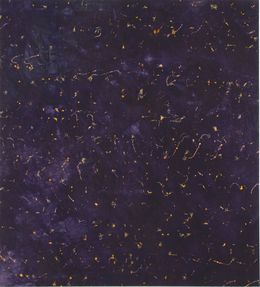
Oxalis/Campêche
Alice Magne
Painting - 210 x 190 x 3 cm Painting - 82.7 x 74.8 x 1.2 inch
Price upon request
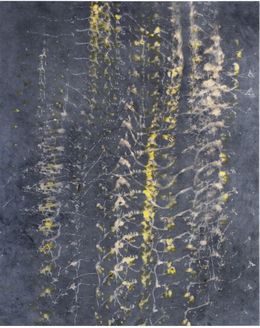
Oxalis/Noix de Galle 2
Alice Magne
Painting - 162 x 130 cm Painting - 63.8 x 51.2 inch
Price upon request
Alice has developed a particular painting technique that she named 'bundle-dyeing'. In her works, the flower is both the subject and the brush. Its purpose and its only tool to achieve it.
Biography
Alice Magne (1998) is a French artist living in Nice. Her education path led her to attend two of the most prestigious European art schools: the Villa Arson, where she graduated with honors, and the Chelsea College of Arts in London (MFA). In 2024, she won the Art Eco-Design Art Prize organized by Art of Change 21, in partnership with the Palais de Tokyo.
Over the past few years, Alice has developed a particular painting technique that she named “bundle-dyeing". In her works, the flower is both the subject and the brush. Its purpose and its only tool to achieve it.
Indeed, through a meticulous and almost scientific process, Alice Magne creates her own colors using plant pigments naturally extracted. The canvas itself is washed, degreased, and dyed naturally, before receiving, in a second step, plant imprints. With changing several parameters such as time, humidity, temperature, and pH, an infinite variety of shapes can come to fruition.
Alice's work only exists through the encounter: the poetic one, between a canvas stripped of its chemical components and subtle evanescent plant traces. But also the ideological one, between a body of work and an artist whose doctrine aims to be concerned with contemporary imperatives of ethics and ecology.
If the technique of folding the canvas to create a repetition of patterns evokes the creations of Simon Hantaï, the connection between the “Supports/Surfaces" movement and the paintings of Alice Magne is evident. Whether through the physical treatment of the support - the canvas -, or the uncontrolled reaction of the colors on it, the connection with artists like Claude Viallat, André Valensi or Jean-Pierre Pincemin is obvious as well.
